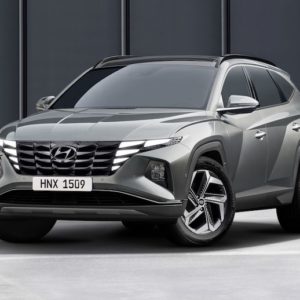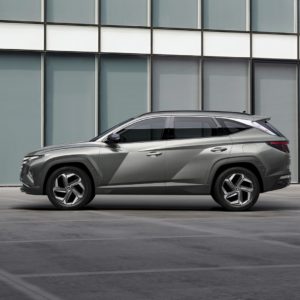It’s no secret the recently debuted Hyundai Tucson is packed with advanced technologies. But if there is one feature Hyundai seems to be extra proud of, it’s the SUV’s lighting system. Both the headlights and taillights make the vehicle stand out; however, the automaker says there is more to them than just being attractive accents.
Hyundai recently shared details on the intricate systems built in the lights on the front and rear end of the Tucson, which the automaker refers to as the Parametric Hidden Lights.
According to the manufacturer, the halo model on Tucson’s lights was inspired by the Vision T SUV concept. But while many would think the light shines through the chrome accents in the grille, Hyundai claimed otherwise.

What happens is that the lens uses a mirror lighting technology, where the lens is coated with a layer of a specialized metal surface. This then causes the dark chromium colors in the radiator grille to provide shade over the lens, eventually acting as a cover on the lighting elements. This makes the lights appear identical to the jeweled accents on the grille.
Hyundai shared that it increased the brightness levels of the light to ensure it is able to penetrate the lens and bounce off the half-mirrors. It also said a sensor has been added to the assembly to reduce the power levels sent to the headlights in case there is a significant rise in the temperature.
For the taillights, the half-mirror technology is not employed, but they are just as innovative as their counterparts on the other end of the vehicle. Instead, the automaker used a translucent lens and a black lens that has lower light penetration. Other interior components such as the backing plates are also in black to highlight the “hidden” effect. Moreover, gray translucent lenses were added to block outside light when the LEDs are off.
Hyundai said it plans to use the same technology on other models, so customers can look forward to it in future releases.
Any information provided on this Website is for informational purposes only and is not intended to replace consultation with a professional mechanic. The accuracy and timeliness of the information may change from the time of publication.

















